Jonathan Drori's book Around the World in 80 Trees focuses on plant science to explore how trees play a role in every part of human life. To celebrate National Tree Week, he's chosen eight remarkable trees and their stories.
1
Wollemi pine (Wollemia noblis)
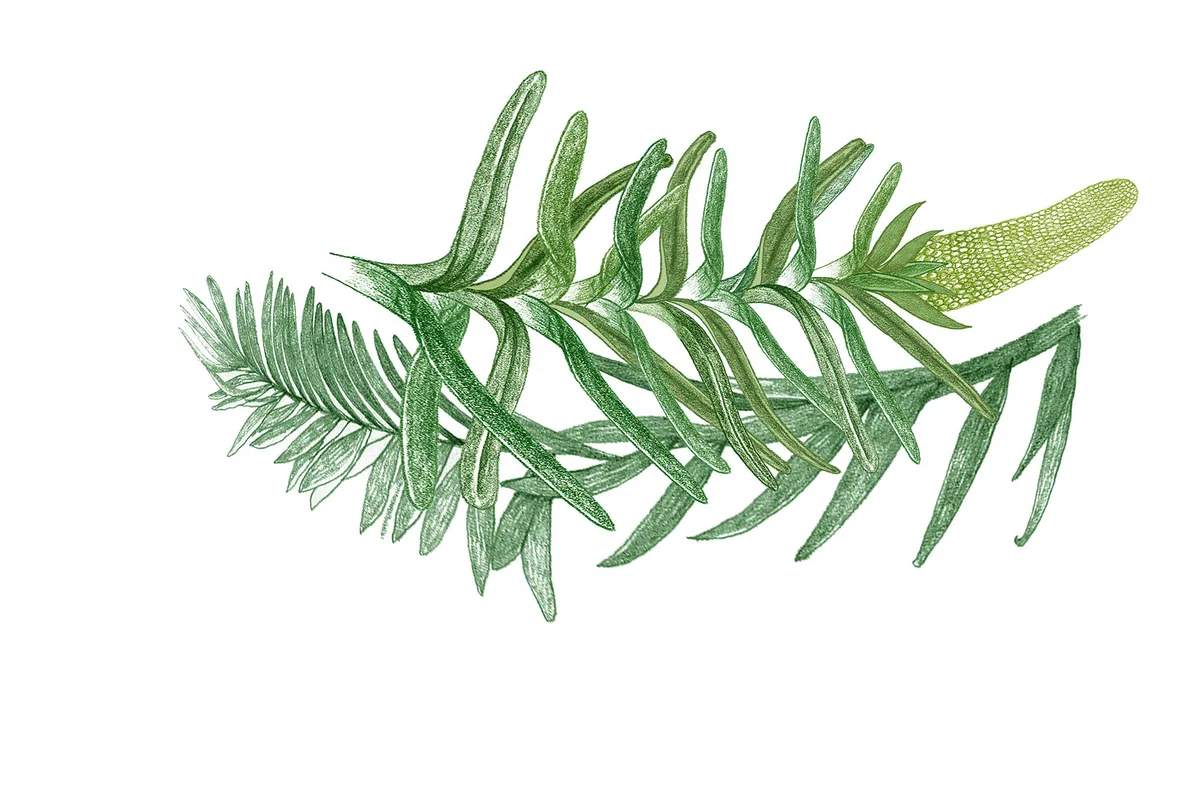
When they discovered a wollemi pine in Australia in 1994, it was the botanist's equivalent of finding little dinosaurs alive and well and trotting around. The tree was only known to us through fossil records until there one was, living about 150 km from Sydney. You can now see one in the Royal Botanic Gardens at Kew and they have this lovely light, pale green colouring on the end of old shoots. If you squint they look a bit like Christmas trees.
2
Norway spruce (Picea abies)
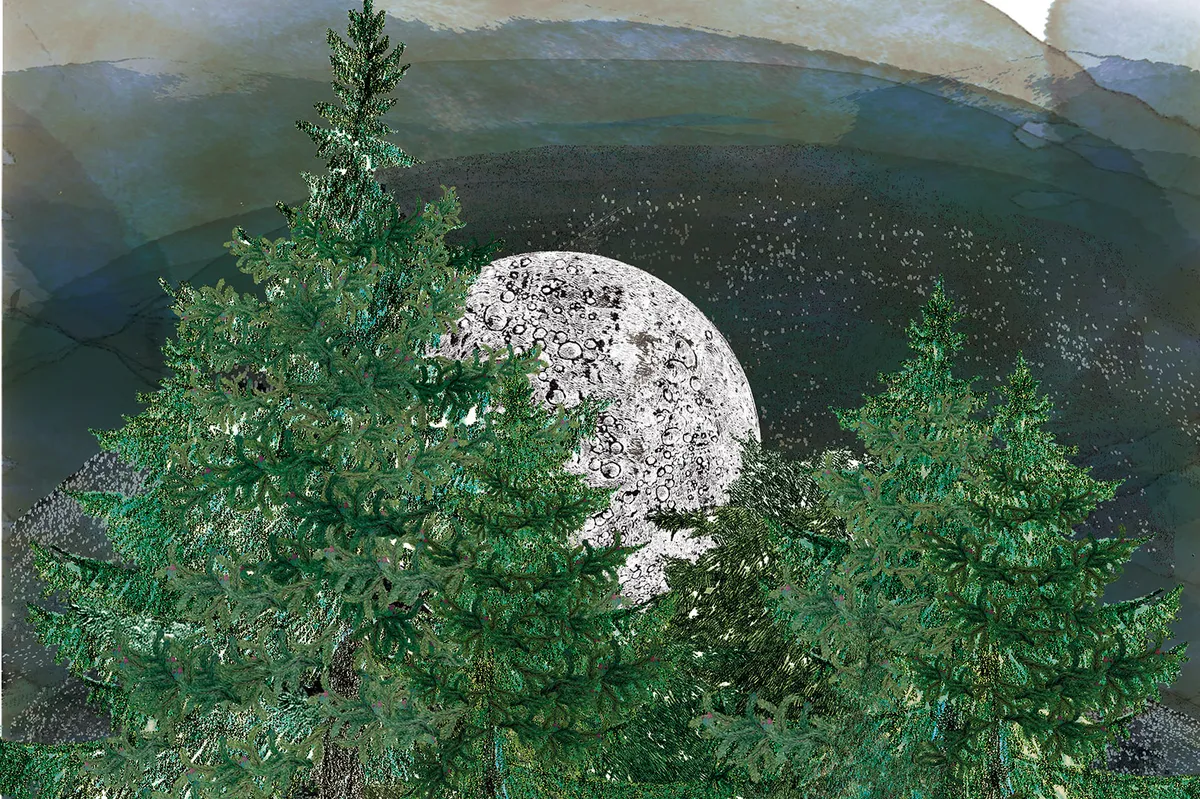
To make excellent violins and guitars, you need a material that is very light but very stiff, which is a difficult combination to come by. It's used in the famous Stradivarius violins which were being made in the 17th century when the earth was going through a Maunder Minimum, where the output of the sun varies, and there was a cold spell. That would have meant the Norway spruces grew extra slowly and extra stiff. Which meant extra good violins and cellos.
3
Chinese lacquer tree (Toxicodendron vernicifluum)
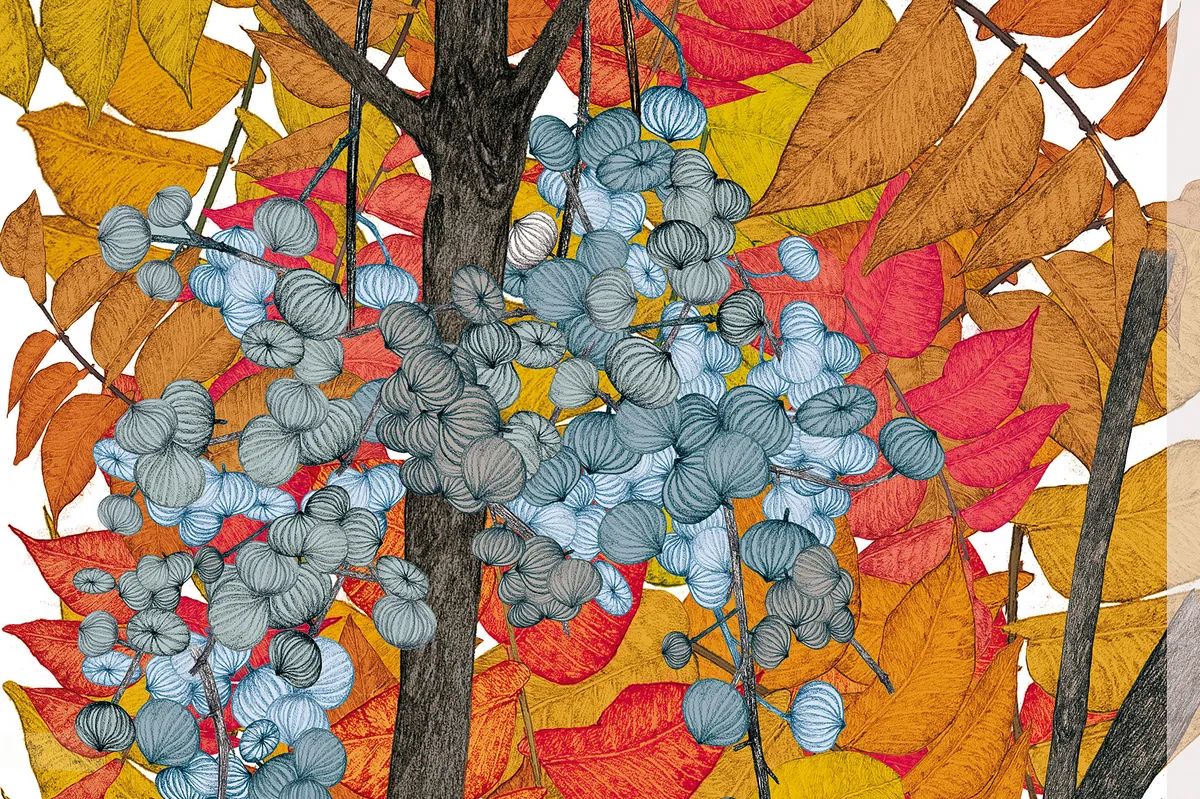
Can you imagine people picking up something that was made from lacquer 1000 years ago? It's waterproof and light and just like a plastic. But one of the most remarkable things about the Chinese lacquer tree is that ascetic Buddhist monks from Japan used to make tea out of the poisonous sap, which would ultimately result in turning them into mummies while still alive. It had a kind of plasticsing effect on their bodies, which they believed was helping their route to Buddhahood. Several of the monk's bodies are still remarkably embalmed and several are on display in temples in Thailand and Japan.
4
Whistling thorn (Vachellia drepanolobium)
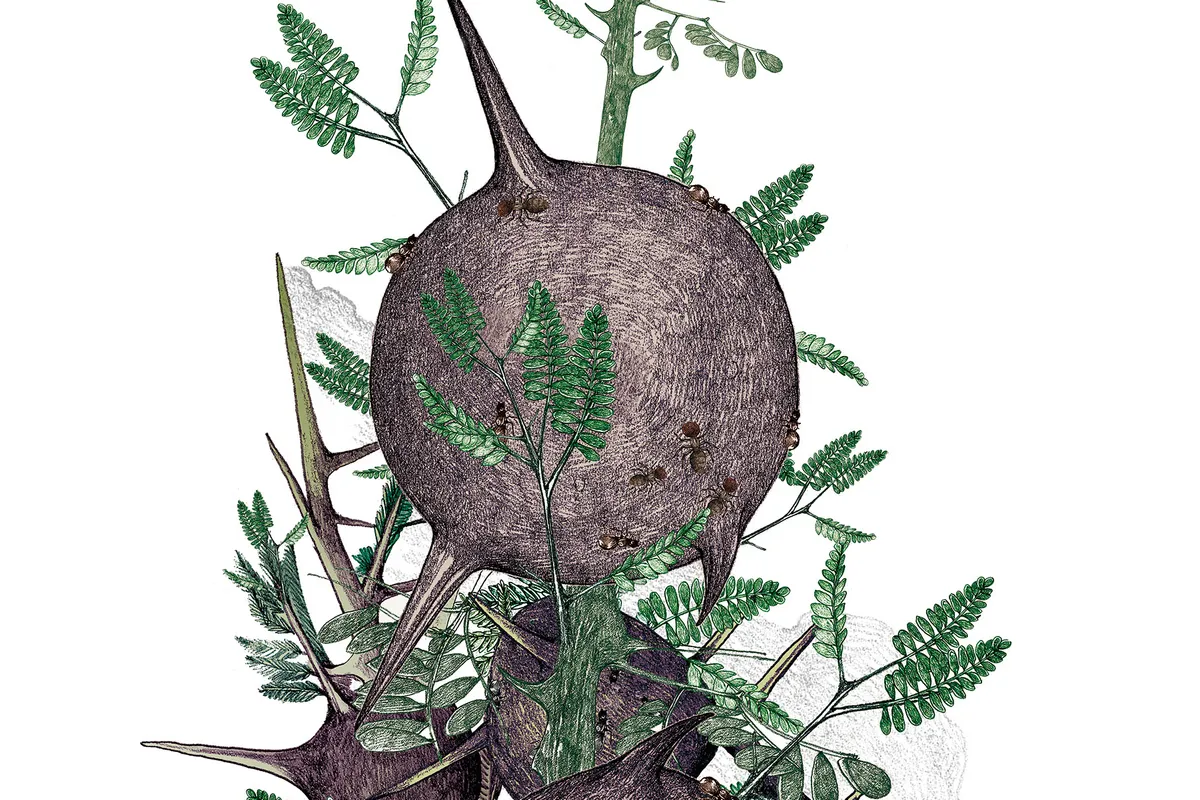
This small tree has very vicious thorns, but that's not the only reason animals avoid eating them. There's a swelling at the base of each thorn which is home to the world's most aggressive ant. If the tree is attacked, by an elephant wanting to eat it, for example, the ants rush out and fight them off. If two colonies of ants happen to live in two neighbouring trees which brush up against each other, both colonies will come out and fight each other to the death. It's called whistling thorn because the wind makes a whistling noise through the thorns and if elephants hear it they trundle well away from it.
5
Traveller’s tree (Ravenala madagascariensis)
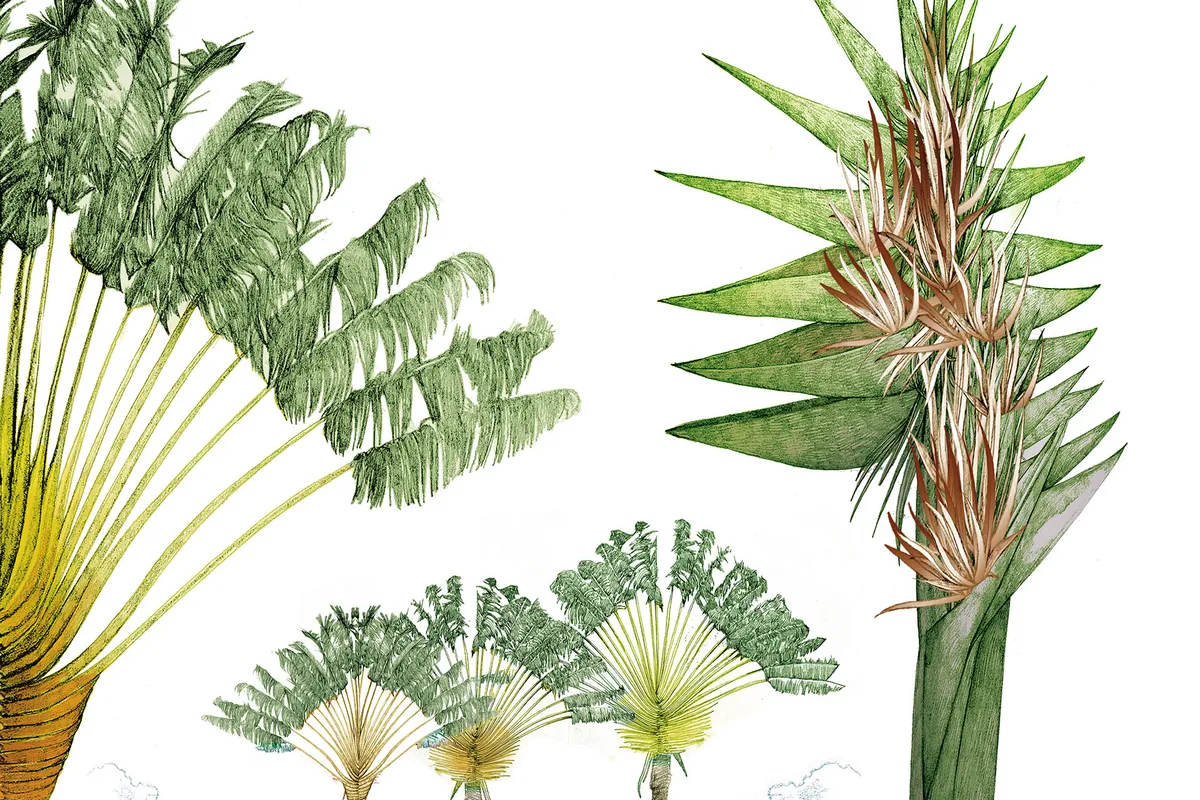
Madagascar hived off from Africa about 165 million years ago and India 88 million years ago and became completely isolated. This meant many things exist there that don't anywhere else. One of those things is the traveller's tree. It's called a traveller's tree because if you take a metal straw and put it into the bottom of the tree you can drink water from it. There's also a theory that you can tell the direction from palms as they all point the same way. Although, having tried to verify this using Google maps, I'd definitely use the angle of the sun rather than the trees to tell the way...
6
Durio (Durio zibethinus)
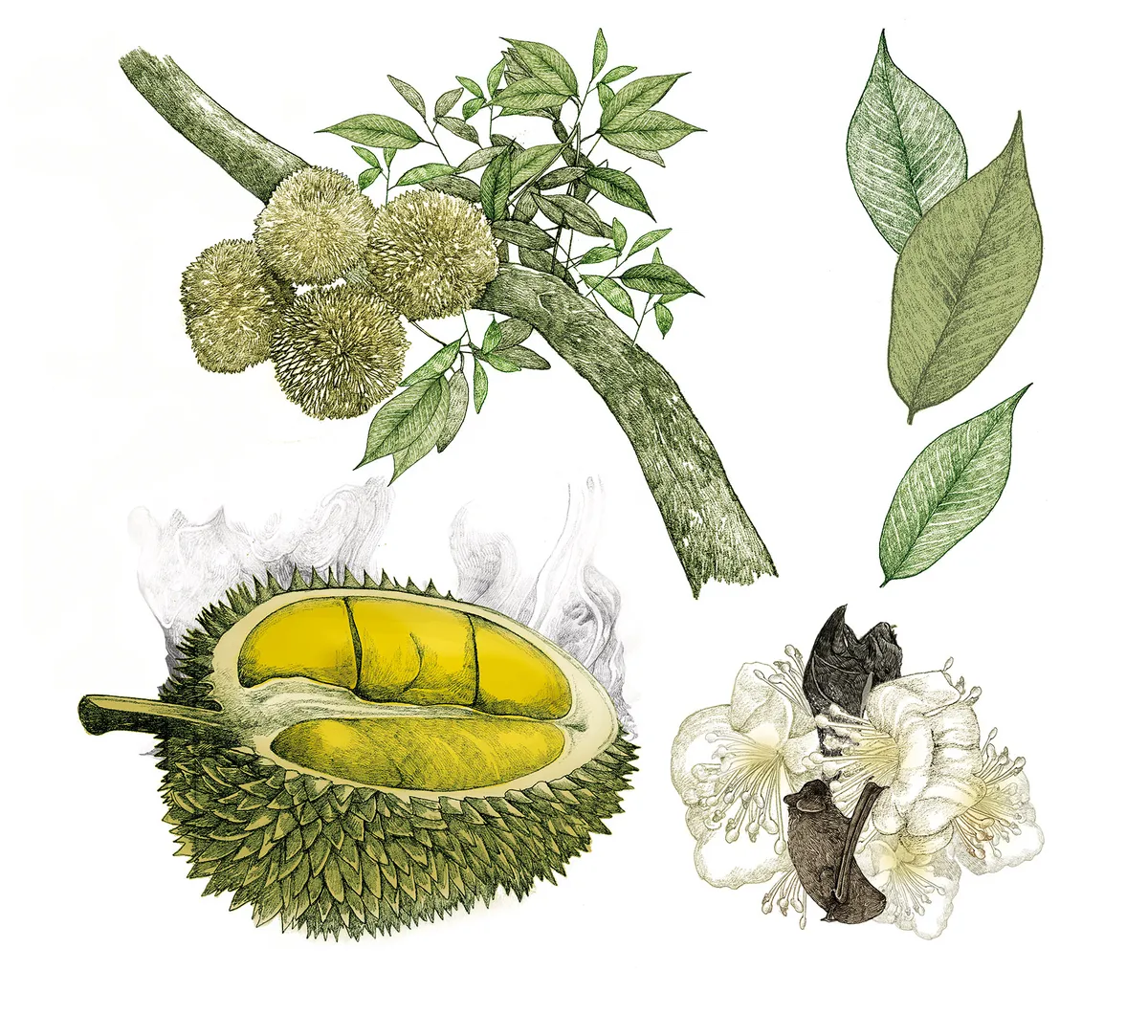
The durian is a big spiky knobbly fruit from the durio tree that you definitely wouldn't ever want dropping on you. They have a pungent flavour which has evolved to attract large animals, like monkeys and elephants which eat them and then disperse the seeds in their faeces. The chef Anthony Bourdain said eating a durian was like French-kissing your dead grandmother. I don't know whether that says more about grandmothers or durian, but it is definitely an acquired taste.
7
Beech (Fagus)
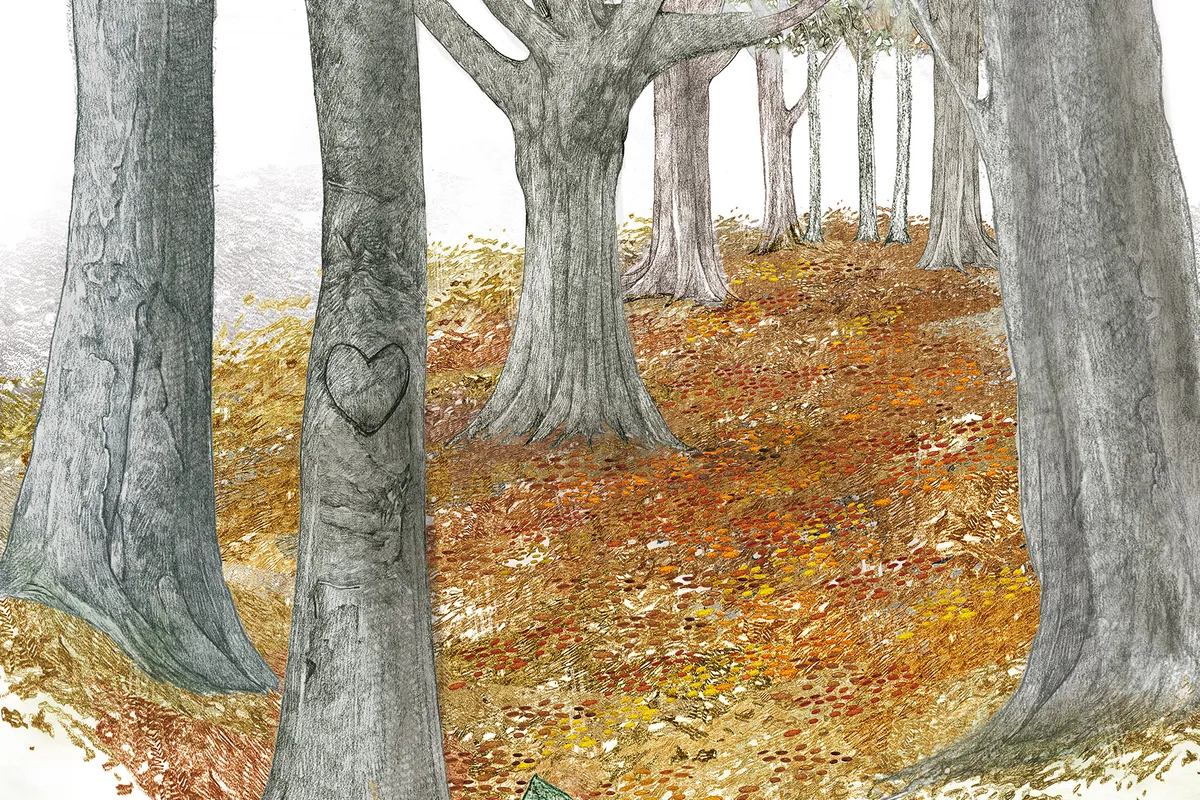
In Germany there's a saying which goes something like, lighting never strikes a beech tree. The truth behind this is not that beech trees get struck less than other trees it's that when they do get struck, they survive. The reason for that is because beech trees have a very peculiar bark, which is very smooth. When it rains during a lighting storm, the water provides a film all the way down the tree. That means the electricity gets channelled down the outside of the tree, rather than inside. An oak tree, for example, is very craggy and there's more opportunity for the electricity to be channelled down the inside of the tree and explode it.
8
Leyland cypress (Cupressus x leylandii)

People in this country know this tree as leylandii and it's basically the love child of two trees from the opposite ends of California, 1000s of miles apart that should never have met. Someone put them next to each other in a garden in Wales in the 19th century and they hybridised. They created a monster. One parent is weedy and fast growing, the other is slow growing but super tough. In the late 1990s there were 18000 simultaneous neighbour disputes going on that had been registered with local authorities about leylandii. I chose it in the book as the entry for England, because I think it says a lot about our communal attitudes to territory and privacy.